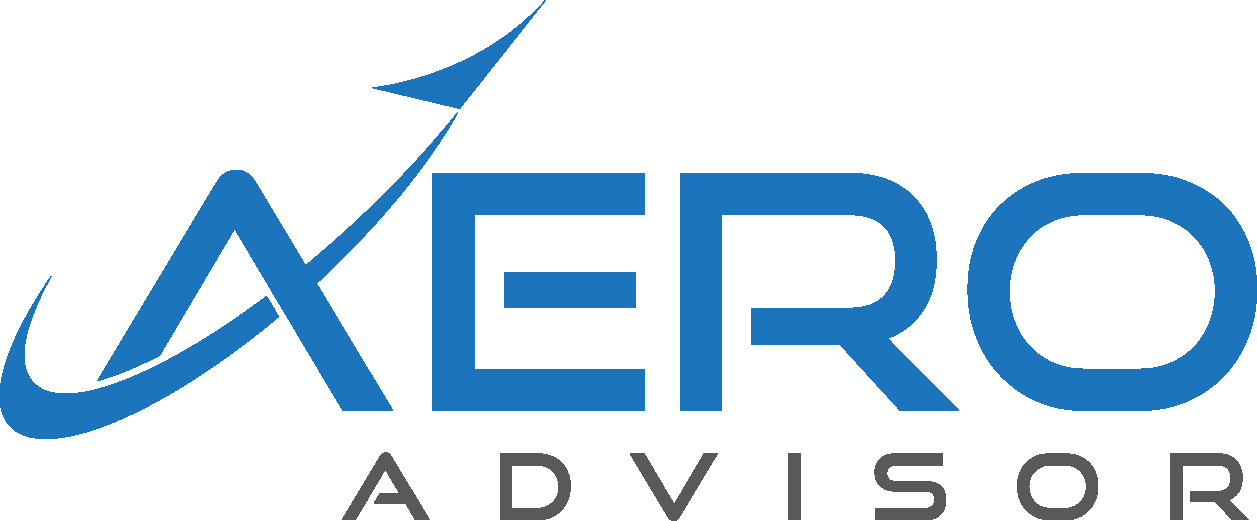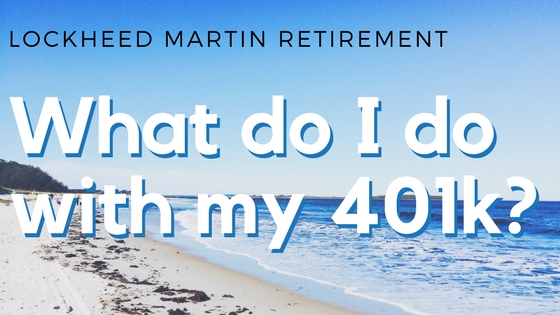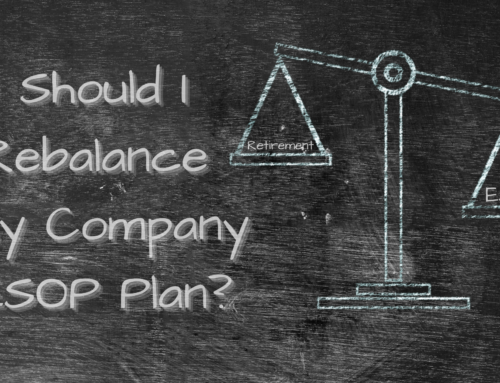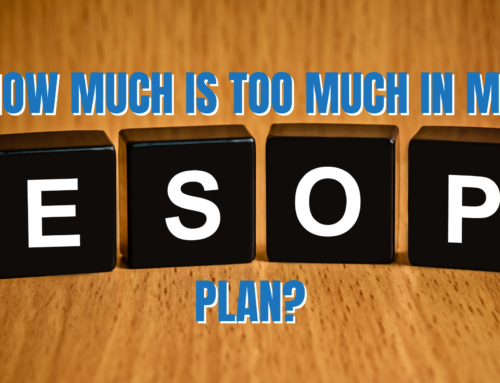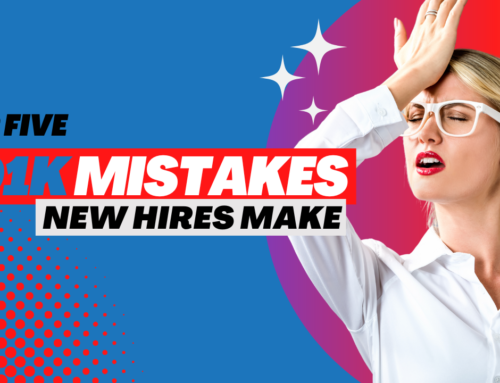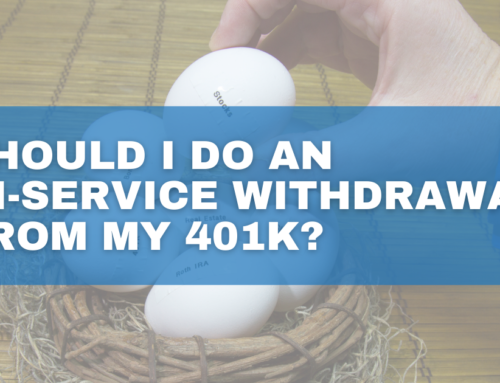Concerned about your Lockheed Martin retirement decision? If you’re considering moving from accumulating retirement assets to spending them – and you’re not sure what to do with your 401k, I hope this article will help.
If you are close to retirement, you are most likely one of the lucky ones that still have a pension plan. That might be where you get most of your retirement income, but you still need to address your 401k.
So what are your options? I’ll address a few of them below. Be sure to call or email me if you have any additional questions about your retirement options that aren’t answered here.
Cash it out. You have to be careful with this one. Depending on the size of your 401k, you could get hit with considerable taxes if you take a lump sum distribution.
For example, let’s say your 401k balance is $200,000. If you were to retire and decide to take the full $200,000 out, you’d be taxed at whatever your ordinary income tax rate for that year. That can be a decent hit to your tax bill if you retire late in the year (because you’ll have taxable income of $200,000+salary for the year).

Which option is the right one for you?
If you are determined this is the best option for you, work with a CPA to find the best timing strategy for your individual situation. It might be an option to take out some in the year you retire and take out a larger portion the next year to avoid the higher income bracket.
Roll it over to a traditional IRA. The next option would be to roll the funds into a traditional IRA plan. There are tons of options when it comes to IRAs, including what company you want to go with and what you want to invest.
The important part is if your 401k is composed of pre-tax dollars (most common) and you roll it over to a traditional IRA, you keep the same tax treatment of those funds. They stay tax-deferred, meaning you’ll pay taxes only when you pull money from the IRA.
A few advantages to rolling it over to an IRA:
- More investment options – Depending on where you open the IRA, it will most likely have more investment options than the lineup of funds available in your 401k.
- Keep the tax deferral – If your 401k is pre-tax, you’ll continue to defer the taxes until you pull the money out of the account.
Roll it over to a new employer plan. If you’re planning on doing consulting or part-time work after your Lockheed Martin retirement, check with the company to see if you’d be covered by their company plan.
You might be able to roll your Lockheed 401k into their plan and keep the tax deferral benefit. Just make sure the new employer plan accepts rollovers.
Leave it at Voya. As long as your account balance is more than $5,000, you can leave it in the plan at Voya. If it’s less than $5,000 they will move it into an IRA at Citibank if you don’t do anything with it for six months.
There a few advantages to leaving it at the plan including:
- Possibly lower fees than rolling it over to an IRA – this can vary depending on where you would open an IRA, but typically the fees might be lower in your 401k than the IRA outside of the plan.
- You are already familiar with the investment options in the 401k – you can keep the investment selections you already have the same.
- You can possibly avoid the 10% early withdrawal penalty if you are younger than 59 1/2. If you’re older than 55, there are additional options for you to withdraw funds from your account that might keep you from paying the 10% additional penalty tax to the IRS.
There are a lot of important decisions to make when retirement approaches. A financial planner and tax professional can be great resources to make sure you’re making the best decision for you and your family.
If you have questions about your options for your Lockheed Martin retirement, feel free to reach out to me at Brian@TheAeroAdvisor.com
